One day wife way asked me to do something meaningful in my workshop, one being to clean up the mess, and two, make her a coffee table. So, I figured, why not do both at the same time, and this video is all about making a beautiful pallet coffee table from all the pallet blocks I had on my floor from pallet dismantling. I looked on YouTube for “pallet blocks coffee table” and there was only one video on the subject with 13 views on it, and these guys’ take on it was not quite what I was thinking about, so I’ll just dive in and try some stupid ideas. I will share all my mistakes and trust me, a make a lot, so hang on. I wanted to use all different kinds of wood, and I also want random end grain and face grain facing up. This can go wrong in so many ways, but more insight on that later. The blocks have been sitting in my shop for about a year, so they are very dry, but some of them are loaded with resin, which will cause issues later.
My plan is to start up by gluing all the blocks together, so I’m starting out by making a big puzzle out of the different blocks that apparently came from as exotic countries as China, South Africa, Turkey, Canada, the USA, Ukraine, Sweden, and many other sponsors to this table.
One of the questions I always get from non-woodworkers about wood glue is: Is it strong enough to just glue wood together, don’t you need screws and nails to hold it together also? If you’re wondering about this too, the answer is coming up shortly.
This is going to be a complicated glue-up, and I’m trying to decomplicate it a bit by gluing the 2 long sides first. That will make it possible to add clamping pressure from all sides, while the blocks stay in shape.
The row of blocks seems solid. All the blocks are different sizes, and the job now is to end up with a massive woodblock of wood.
After gluing the end pieces it’s time to glue it all together. The opening time of my glue is about half an hour, but the temperature is high and there’s a lot of sides to glue together, so I’m working as fast as I can. While the glue dries, a big shoutout to Mark Dainer from Australia. Mark makes everything from pallet wood, he’s very creative, and if you’re into recycled wood, I have linked his channel in the description. Make sure to check it out.
The next day I’m very excited to see the result, and the glue-up worked out as planned. The glue alone makes this tabletop more than stable enough, and if the blocks had been all the same size there wouldn’t be all these gaps and holes between the blocks.
I’m making a very simple mold for this next step. I plan to pour the black epoxy resin into the cracks, gaps, and nail holes of the blocks, and to stop it from leaking out from the bottom, I’m wrapping it in plastic film and duct tape.
This is a deep pour epoxy resin from Entropy, and for some reason, I thought the small cracks and gaps wouldn’t soak up much epoxy, but I was terribly wrong on that.
So, I ordered some bigger buckets and waited almost a month to do the second and third pour here. If you plan to do any epoxy pours, my tips would be making sure to get the mixing ratio right and mix it way longer than you think. I’m using a paint mixer drill attachment, and even for this small bucket, I’m spending on the good side of 5 minutes with the mixer running. Make you there’s not any unmixed epoxy at the bottom or along the sides of your bucket. Unmixed epoxy simply won’t cure properly.
This epoxy takes about 3 days to cure and a week before you can start working on it, so while it cures…
Vic from Down Under Woodworks does some amazing woodworking projects including building his own machines and this badass wooden bike. James from Fixit Fingers does tools reviews, jigs, and fixing stuff. Mind Matter Create is all about mixing and turning epoxy. Links to these channels are in the description.
The moment of truth, did my mold hold the epoxy inside, or did it leak? There was a small leak but not too bad. A tip: Just pour a little epoxy, to begin with, and let it cure and close any leaks at the bottom of your project. Then make the big pour and fill all the gaps up. I’m my case I was unsure how much epoxy the gaps could take, so I made two pours after the initial one.
I needed to flatten it, and I don’t have a thicknesser wide enough to run a tabletop through it, so I’ll just quickly construct a jig so I can use my router to flatten it.
The flattening went well, and after some sanding, I decided to start the finishing already. Too soon though. My plan was to keep the rustic look of the pallet blocks, and I tried to add that with some wood burning. I have burned a lot of wood for the simple reasons it protects the wood, and it looks great in many cases.
However, when burning an epoxy table, the epoxy will get soft again if you heat it too much too long. Don’t do that. Another mistake I made here was, I tried to finish the burned and sanded tabletop with just one big layer of furniture lacquer, and it just didn’t look the way I wanted it to. The burning made it look too dark with the lacquer on, and I would really like to be able to see the different kinds of wood the table is made up of.
After a week or so I sanded it down again, and mixed up a cup of epoxy resin, and started filling up the remaining small gaps, cracks, and nail holes. When filling up small gaps it’s really handy to have a syringe, or even just a pencil to dip into the epoxy and let it drip down in the holes and cracks.
An LED light from the side will expose all the small gaps in the surface. And Nail holes are tricky, they go deep down and the epoxy sinks down after a few minutes and you’ll need to refill it.
I sanded it again with 40, 80, 120, 200, and 400 grit sandpaper, and then I treated it with some tabletop oil with a little brown color in it. After it cured I sanded it again and repeated the tabletop oil. I sanded again and gave it 5 coats of Danish oil with light sanding in between each coat.
I hate asking for your subscription, but I put a lot of effort into making these videos, and if you at this point have gotten any value or entertainment from watching the video, I really hope you will consider subscribing to the channel.
After finishing the table, I showed some pictures of it to a restaurant owner, and they immediately offered to buy it for their bar.
If you have any questions about anything I did in this video, please post them in the comments below.






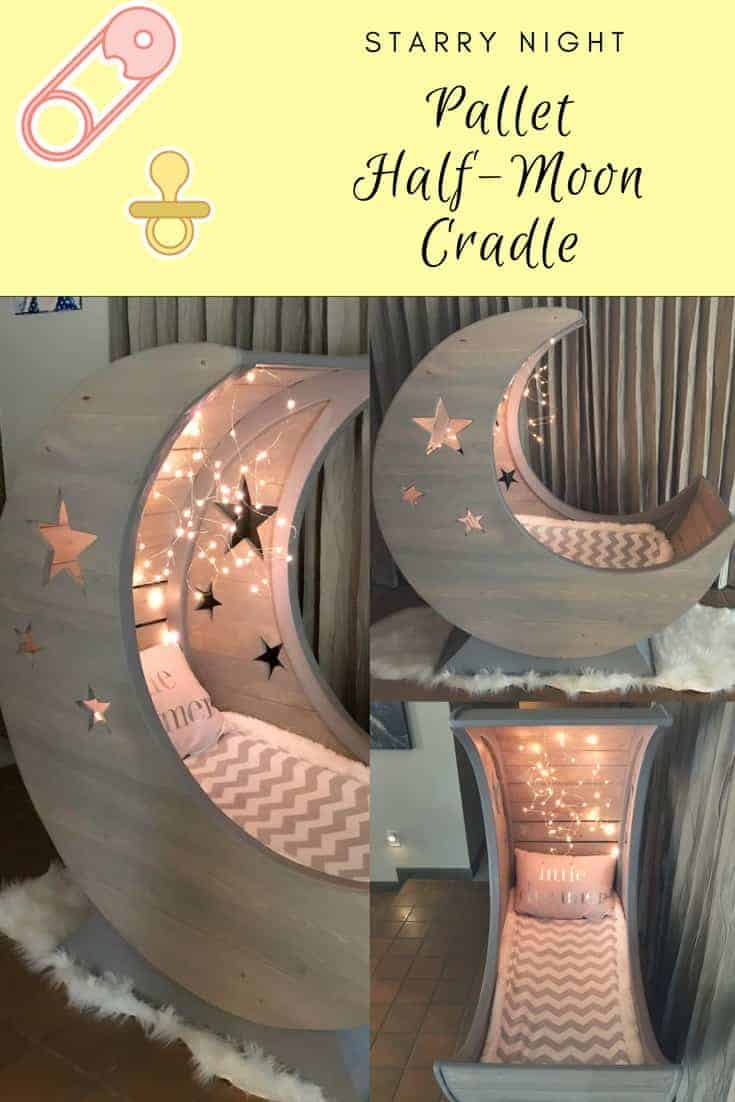
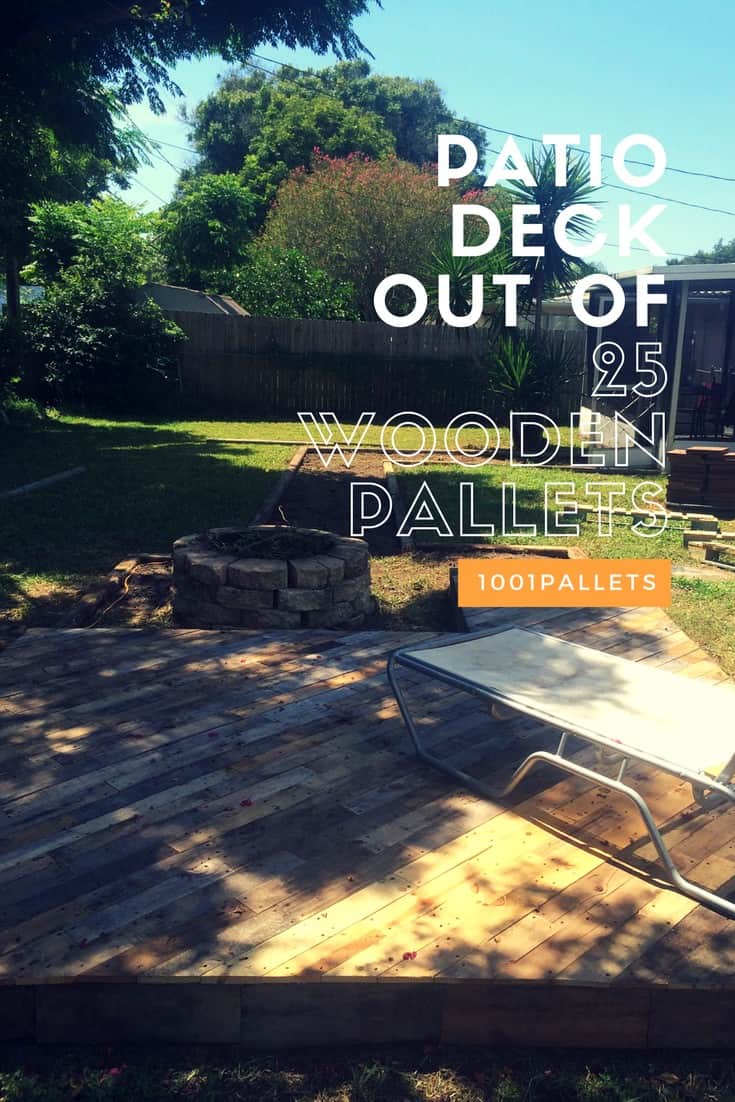
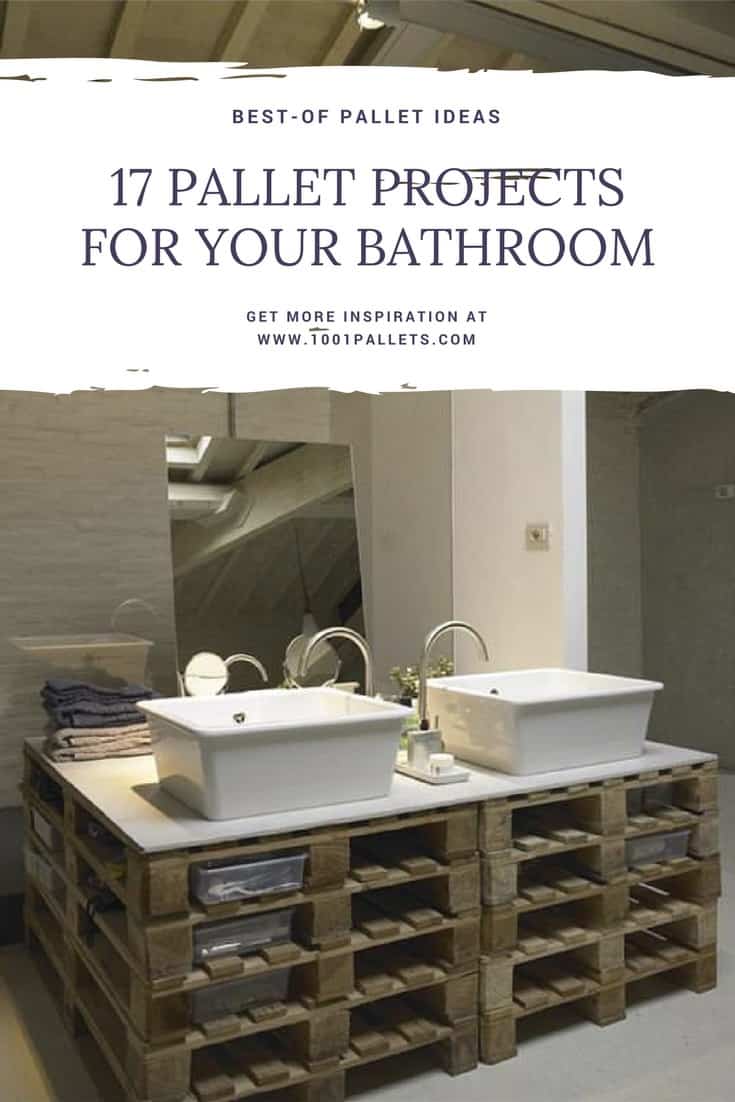
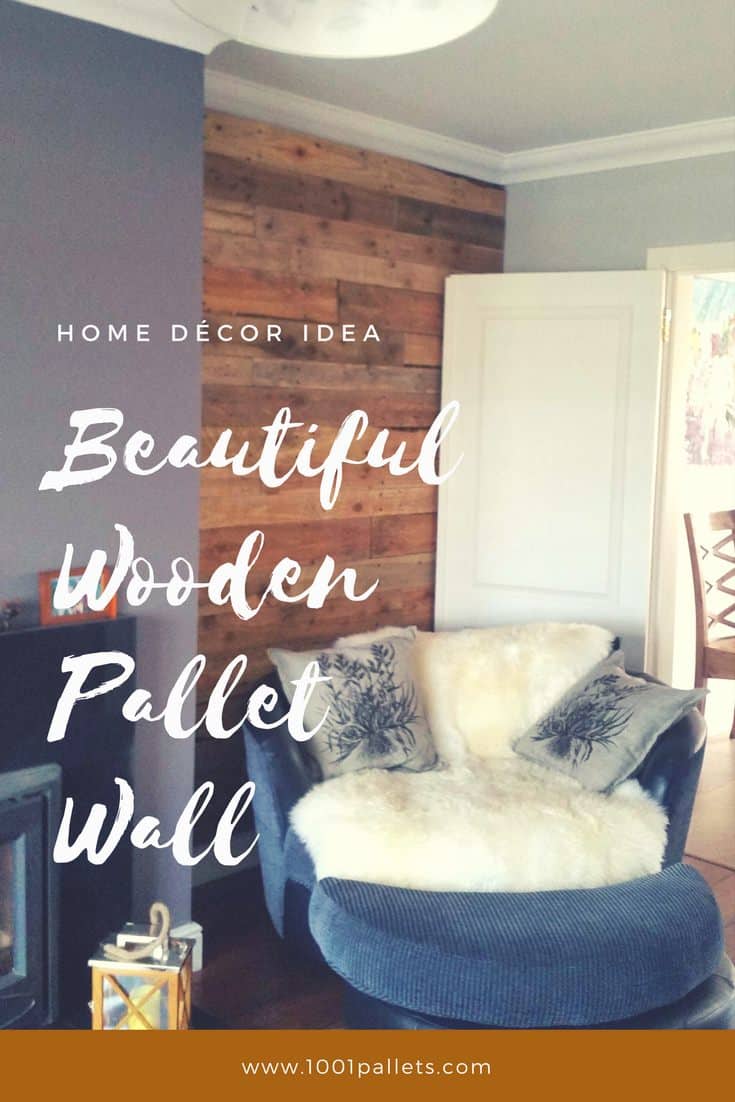
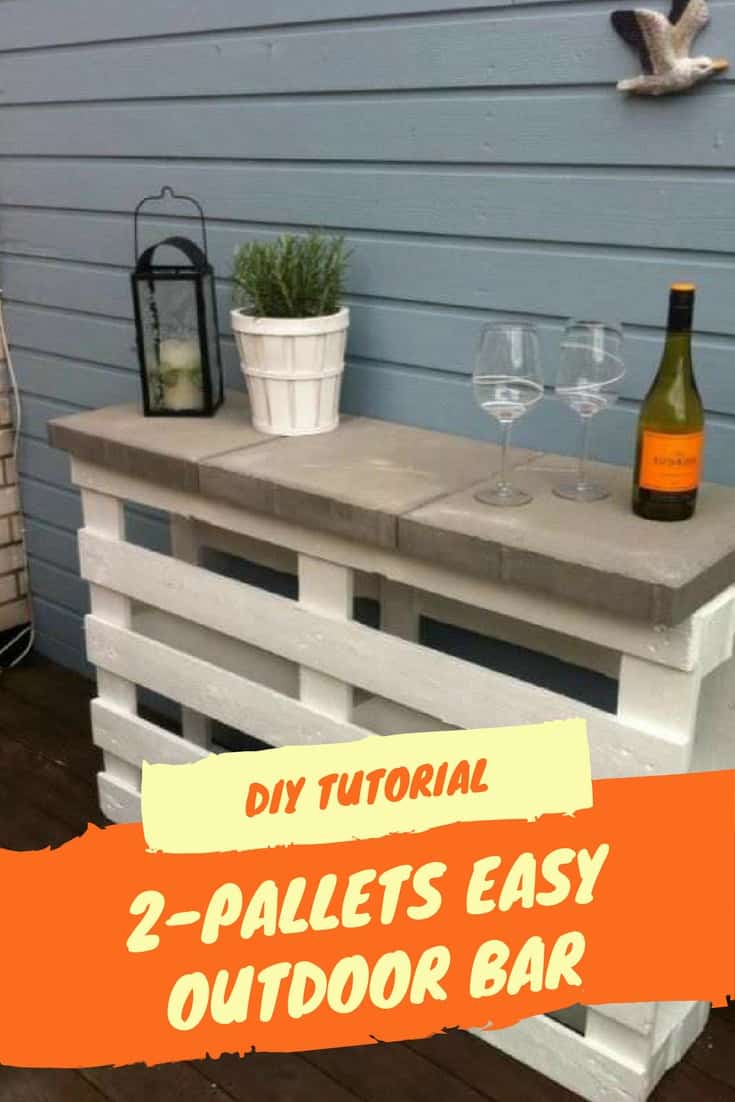
Yes, sir, Jesper… this was an excellent example of repurposing surplus pallet scraps. And what a beautiful result. I’ll look forward to using up more of my premium as well as ordinary pallet wood scraps!
And you’re welcome to visit my multipurpose handyman sight at:
https://www.facebook.com/StoneCountyServices
Well done that man,awesome job.
Absolutely stunning. I love this!!